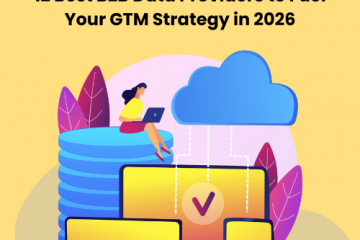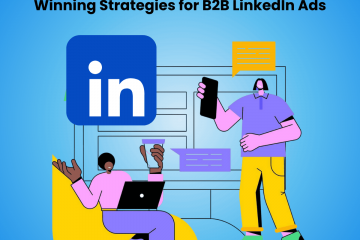What Is a B2B Sales Lead? How Do You Generate Them?
Introduction
Successful marketing requires a lot of work. You need to hire the right talent, find the right audience, have the proper budget, and put it all together in an effective strategy. There’s a lot to balance out in carrying out an effective marketing campaign.
The most crucial component of a marketing campaign is your audience. Without a clearly defined customer persona, your marketing campaigns will not yield great results. A B2C (business to consumer) focused sales process is vastly different from a B2B (business to business) process. In a B2B deal, you sell to businesses and may have to deal with multiple decision-makers. The ticket sizes will be much higher and the sales cycle would go on for much longer.
In this article, we discuss B2B leads – who they are, how they differ from B2C leads, and also talk about different strategies for B2B sales.

What are Sales Leads?
Sales leads are people or businesses who may ultimately become paying clients. The information cards of potential clients are also sometimes referred to as leads. Through marketing efforts, companies gain sales leads, but not all sales leads are ready to convert. You’ll still need to run them through some systems to qualify them as purchase-ready. Some leads still need to be nurtured to build them up to a point where they’re ready to make a purchase.
Characteristic differences of B2B and B2C leads:
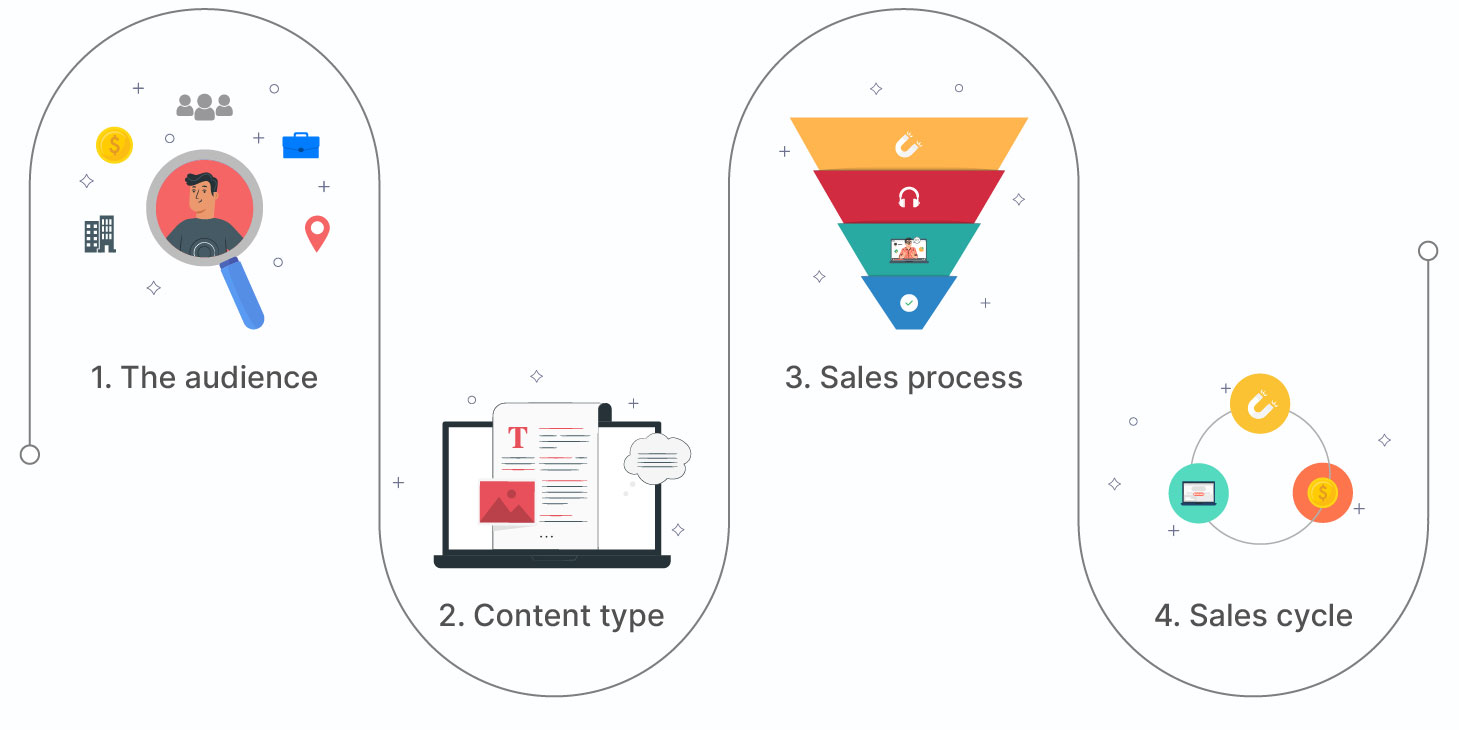
There are major differences in how B2B sales and B2C sales happen. It’s essential to keep some of these differences in mind while contemplating a solid B2B lead generation approach.
-
- The audience – For B2C leads generation, the target audience is much broader; therefore, successful campaigns are gauged by how well they can attract the audience’s attention. The decision to make a purchase rests solely on the individual. Whereas, in B2B lead generation, the target audience is narrow. Successful campaigns must be highly personalized and precise, ensuring that the products and services reach business decision-makers.
-
- Content-type – B2C leads arguably require less technical information. Moving them along the sales funnel is mostly about well-timed promotions, offers, and personalized messaging. In contrast, B2B leads are savvier and tend to do more thorough research before committing to a purchase. Since different decision-makers are involved, different types of content pieces need to be generated for them. Since B2B clients require more information, the trick is to recognize their needs at every stage of the buyer’s journey, using case studies, white papers, and email sequences to move them along the journey.
-
- Sales process – B2C leads make purchase decisions based on their perception of the product or service. They usually don’t need to know anyone at a company before they make a decision. B2C leads make purchases on impulse and are more susceptible to price tricks and gimmicks. B2B leads, on the other hand, usually spend time getting to know representatives at a given company before purchasing. They like to build trust with company representatives over time and only feel comfortable making payments when they’ve created a professional relationship with company reps. Since the stakes are usually higher in B2B sales, purely impulse decisions are rarely made.
-
- Sales cycle – The time and resources devoted to closing deals with B2C leads are less significant when compared to that of B2B leads. B2C transactions take less time and typically involve way less money, While B2B transactions take a long time frame, with contracts taking months or even years to finalize.
B2B Inside Sales and Outside Sales Leads
Inside sales refer to the sales process where sales agents interact with prospects remotely (via phone, emails, etc.) rather than meeting them face to face. This is more prevalent in low-ticket deals. In comparison, outside sales are the sales process that requires that sales professionals engage with prospects directly and try to build meaningful business relationships with the person. Saw the movie The Pursuit of Happyness? Remember the football game scene? We are talking about that.
B2B inside sales processes follow a structured system, making it easier and more straightforward than outside. It usually focuses on smaller deals and closing as many of them as possible. B2B inside sales reps set specific daily and weekly tasks and deadlines to meet business goals. With the dominance of remote prospecting, successful inside sales require more sophisticated skills and tools.
B2B outside sales has become more technologically structured and adopt best practices. It makes the outside sales process less rigorous when compared to inside sales. Outside sales reps have the opportunity to build trust with leads in person and can efficiently structure their calendar to create time for their top clients.
Both inside and outside sales lead generation offer different pros and cons, with none being better than the other. Although outside sales reps earn more money than inside sales agents according to a report by Payscale.
B2B Lead Generations Strategies:
There are many effective ways to attract high-quality leads; the key to success is understanding how different strategies work together to produce results. Here are three effective lead generation strategies, according to B2B marketing experts.
Content marketing – this is the art of using engaging and compelling content to attract potential customers. B2B prospects spend a lot of time researching products and services before they eventually make a purchase. Helpful blog posts are a perfect example of the content format that Marketers can use to attract leads.
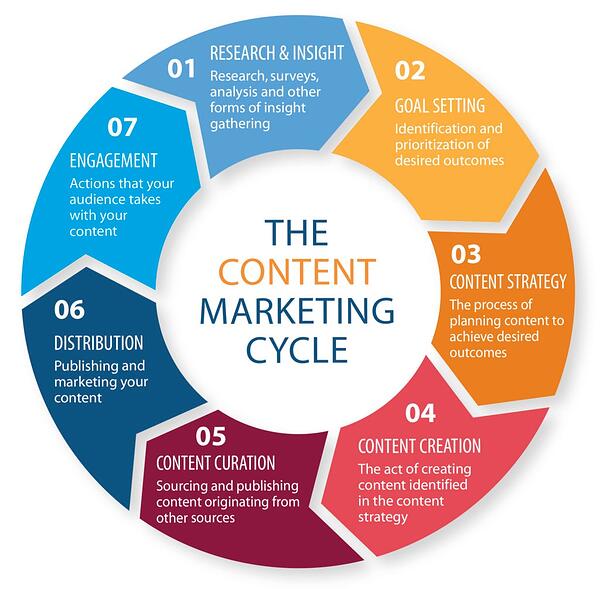
Image Source: simplifie.com
Gated content – Gated content pieces like eBooks or reports are so irresistible, prospects fill out forms to gain access to them. The best types of gated content help prospects solve a pressing issue or provide crucial information. For instance, a content writing service can create gated content in blog post templates. Prospects that genuinely need a blog post template will quickly provide their contact details to gain access to the resource.

Image Source: salespanel.io
Facebook ad campaigns – Facebook has become the primary social channel for many B2B marketers. It’s no surprise, though, since Facebook’s marketing platform offers precise audience targeting, a lookalike audience targeting option, and audience segmentation. An incredibly effective Facebook lead generation strategy promotes gated content on Facebook with a very catchy hook to increase the odds of attracting qualified prospects.Facebook, however, does lack B2B targeting perks but we have you covered.
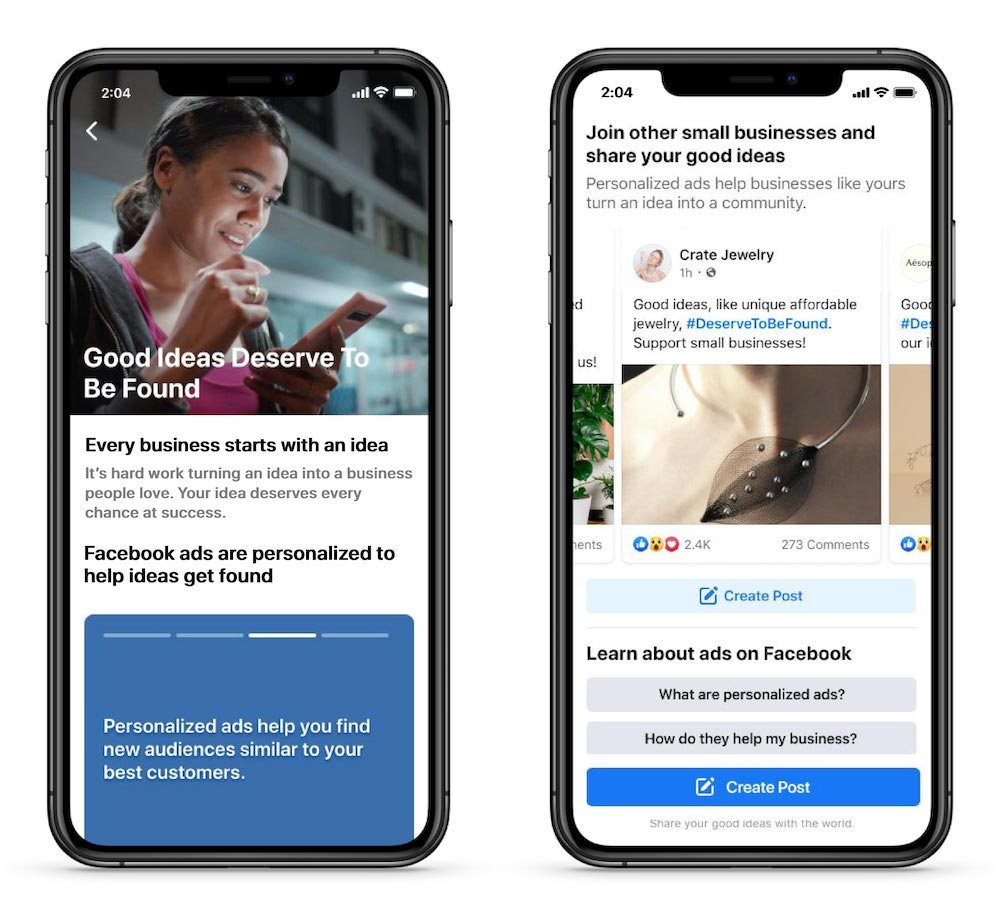
Image Source: techcrunch.com
There are many effective strategies for B2B lead generation, and successful marketing campaigns usually apply multiple strategies to increase the chances of reaching qualified prospects.
Sell more, understand your customers’ journey for free!
Sales and Marketing teams spend millions of dollars to bring visitors to your website. But do you track your customer’s journey? Do you know who buys and why?
Around 8% of your website traffic will sign up on your lead forms. What happens to the other 92% of your traffic? Can you identify your visiting accounts? Can you engage and retarget your qualified visitors even if they are not identified?
